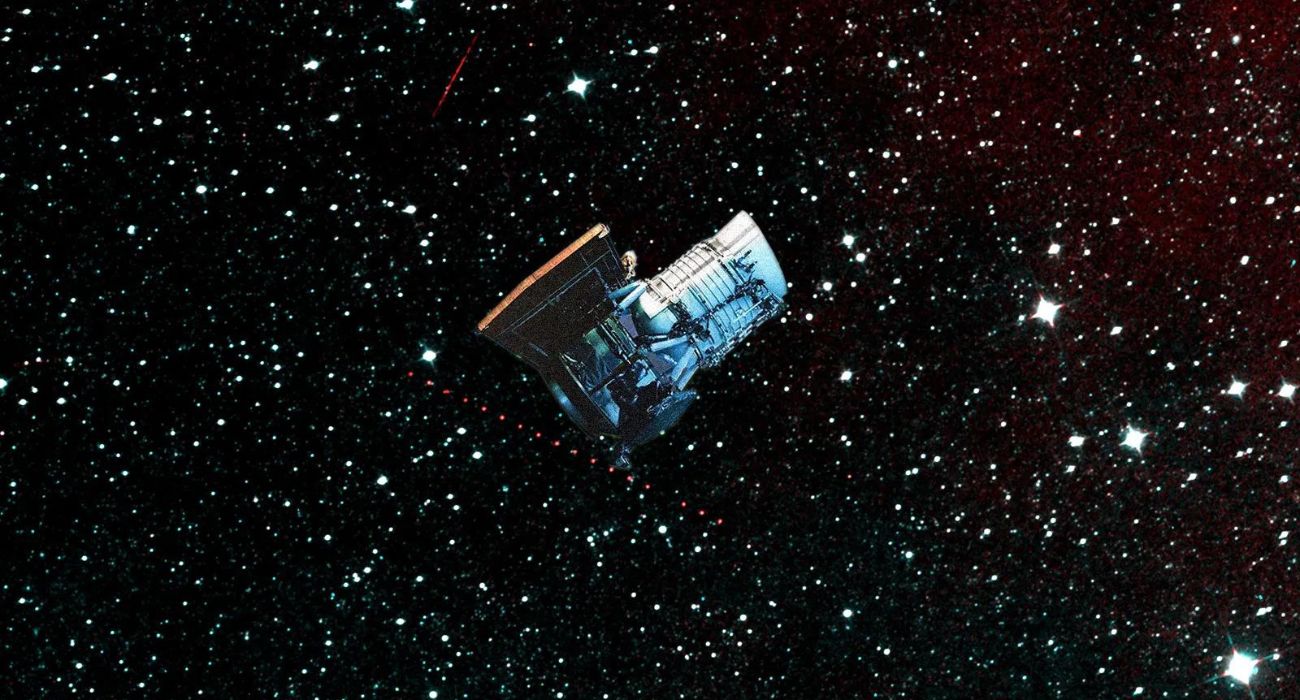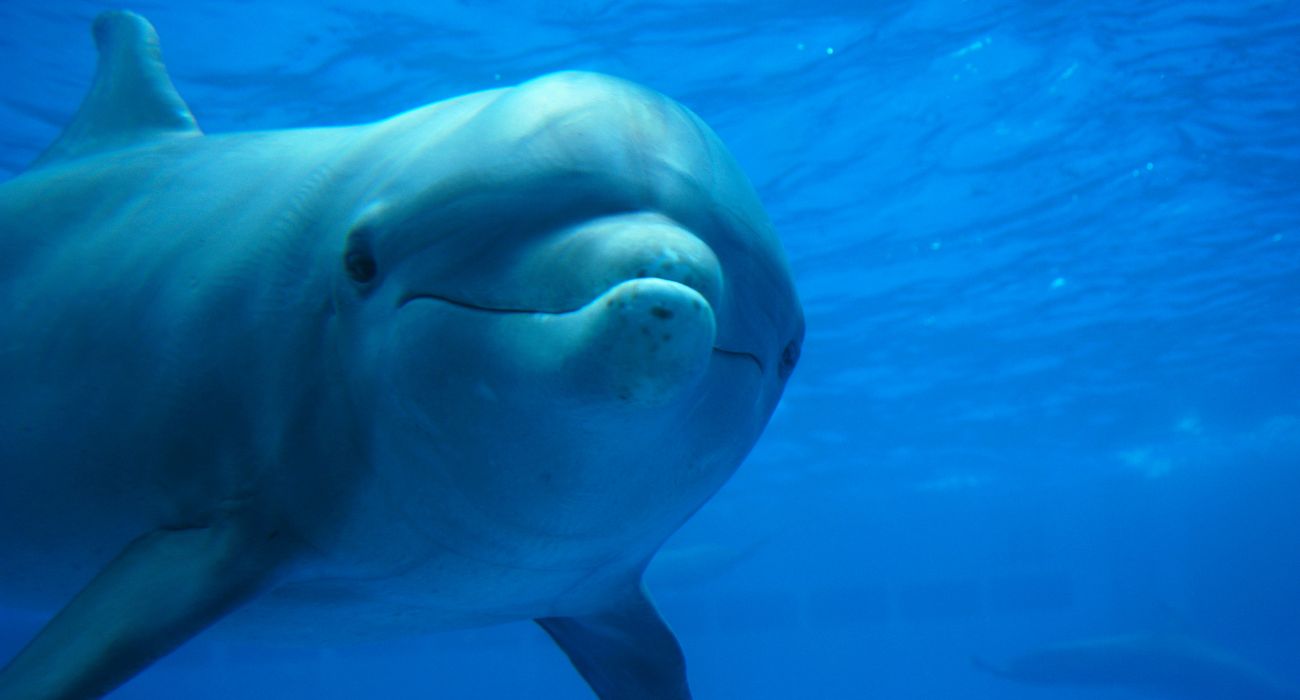NASA is celebrating the decade of service given by its Near-Earth Object Wide-field Infrared Survey Explorer satellite, however, increased solar activity will be retiring the satellite due to the early arrival of the solar maximum.
The sun’s peak activity is approaching much faster than scientists anticipated. They first believed that the solar maximum would not arrive until 2025; however, experts have claimed that due to a visible increase in activity, the maximum could occur late this year, as previously reported by The Dallas Express.
NASA reported on December 13 that this increased solar activity will bring its Near-Earth Object Wide-field Infrared Survey Explorer (NEOWISE) satellite to the end of its use due to the approaching maximum and the craft being unable to maintain its orbit. By early 2025, the craft is expected to drop further into Earth’s atmosphere, becoming unusable and eventually burning up upon reentering our atmosphere.
“The mission has planned for this day a long time. After several years of calm, the Sun is waking back up,” said Joseph Masiero, NEOWISE’s deputy principal investigator, per NASA. “We are at the mercy of solar activity, and with no means to keep us in orbit, NEOWISE is now slowly spiraling back to Earth.”
The NEOWISE project, which initially began in December 2013, is a repurposed mission that started after the Wide-field Infrared Survey Explorer (WISE) completed its mission conducting an all-sky infrared survey in 2010. Although the craft ran out of the coolant it needed, it could still study distant stars, comets, asteroids, and galaxies.
Since the start of its mission, NEOWISE has demonstrated several accomplishments, such as aiding planetary defense initiatives, observing over 3,000 near-earth objects, discovering 25 comets, and much more.
“NEOWISE has showcased the importance of having an infrared space survey telescope as part of NASA’s planetary defense strategy while also keeping tabs on other objects in the solar system and beyond,” said Amy Mainzer, the NEOWISE mission’s principal investigator, according to NASA.
Scientists intend to use the data they have gathered over the years to make discoveries and inform further research on the cosmos.
“This is a bittersweet moment. It’s sad to see this trailblazing mission come to an end, but we know there’s more treasure hiding in the survey data,” said Masiero, according to NASA. “NEOWISE has a vast archive, covering a very long period of time, that will inevitably advance the science of the infrared universe long after the spacecraft is gone.”






